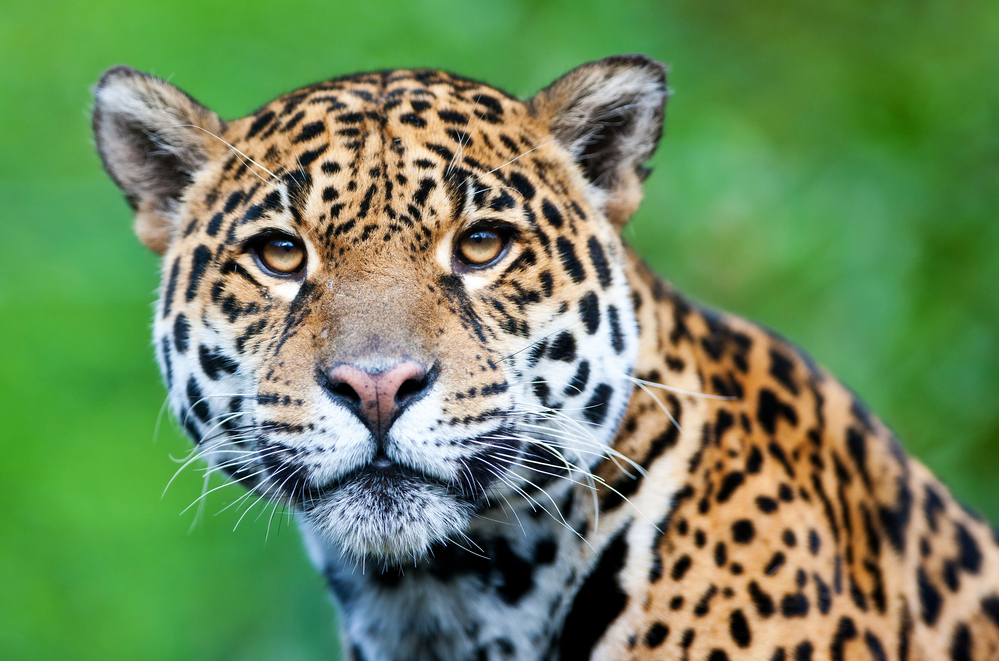What Will You See at the San Juan State Biosphere Reserve?
The San Juan State Biosphere Reserve is a massive 3,441,931 acre (1,392,900 hectare) protected area that also includes several adjacent territories. In total, it is composed of seven different protected areas and additional territories.
This biosphere takes in a spectrum of highly important ecosystems that range from coastal lagoons, estuaries and tidal marshes to tropic humid forests and wetlands. Each of these zones provides a critical habitat to threatened and rare species of animals and plants which comprise the genetic building blocks of the complete meso-American tropical region.
The San Juan State Biosphere Reserve also takes in a portion of Lake Cocibolca in addition to San Miguelito, El Almendro, Nueva Guinea and Morrito. There are currently about 256,000 people living in those regions, with 20,000 of them from a wealth of local cultures and ethnic groups such as Negra, Miskitu, Rama and Creole. Those ethnic groups each contribute their own traditions for the preservations and usage of the area’s natural resources.
In this way, the Biosphere provides a gorgeous opportunity to witness unique human cultures that respect their position within the environment as much as the plants and animals with which they share it.
The size of the reserve, its natural boundaries and its proximity to other protected areas, such as those in Costa Rica, in addition to its position as a part of the Mesoamerican Biological Corridor, help to ensure the genetic diversity’s protection even while species are allowed their free mobility, breeding and maintenance. This includes everything from the tiniest plants and insects to larger species such as the tapir (Tapirus biardii), the green and red parrot (Psittacideae), and the jaguar or American tiger (Felis onca).
Also living in this reserve include wild boars and over 200 different species of bird, including types of seagulls, herons, pilicans and ducks. The variety is not entirely surprising, considering the number of different kinds of habitat available, from freshwater to saltwater as well as forested areas. The National Marshes are home to about 20 percent of the country’s mangroves. Residents of the mangroves include various types of migratory birds and even crocodiles.
The San Juan State Biosphere Reserve has no shortage of fascinating, exciting and eye-opening opportunities for visitors to enjoy. Some are available year round while others depend on the season. For instance, you can take part in eco-cruises of the mangrove swamps close to Nuevo Vallarta at virtually any time of the year. However, if you are hoping to watch baby turtles hatch and assist the volunteers in protecting those baby turtles as they make their way to the sea, you will need to visit from June through late November, with the most action often happening in August, September and early October.
If you’re staying at the Villa Estrella Nayarit villa rental and would like to visit the San Juan State Biosphere Reserve, simply head to the gatehouse to easily and affordably arrange for a friendly driver to take you there and back on whichever days you would like to go see it.


